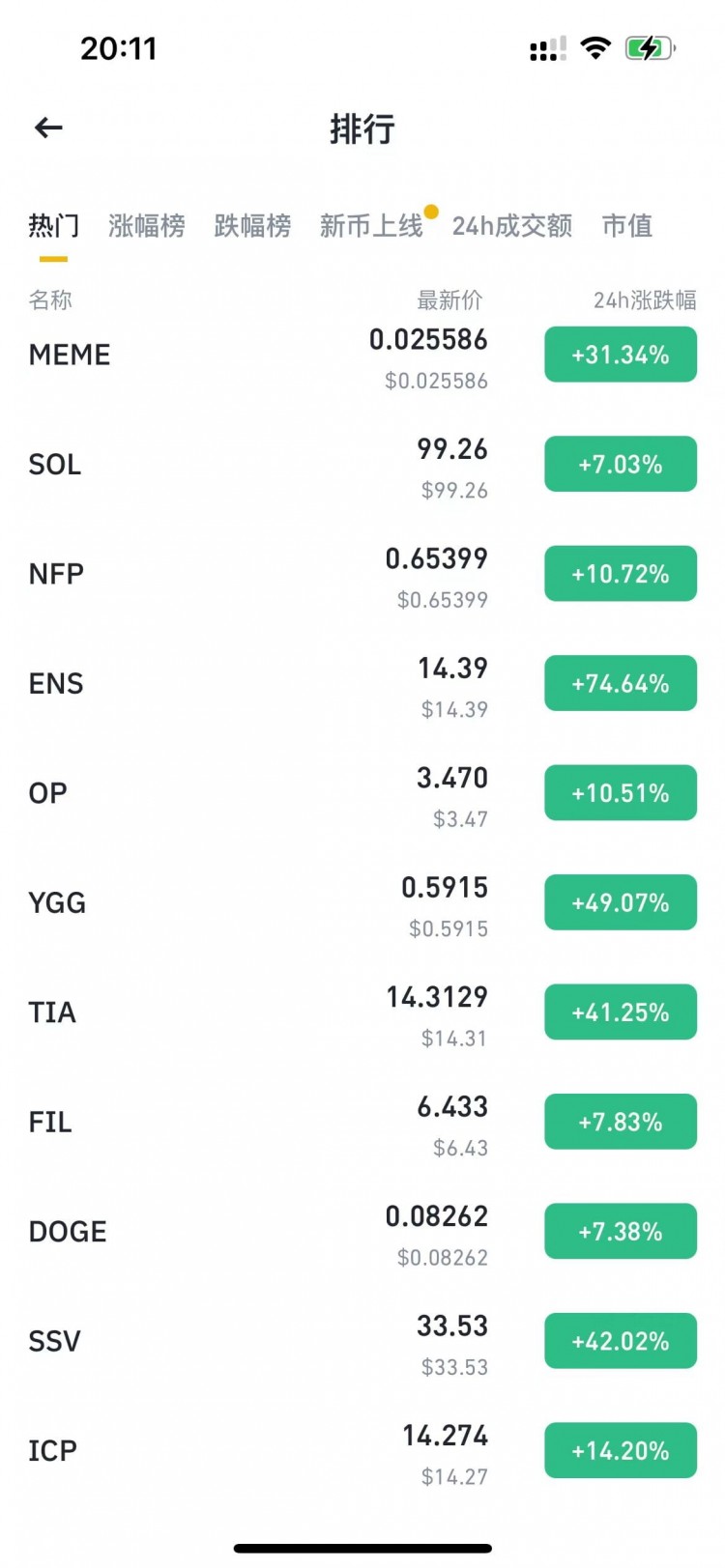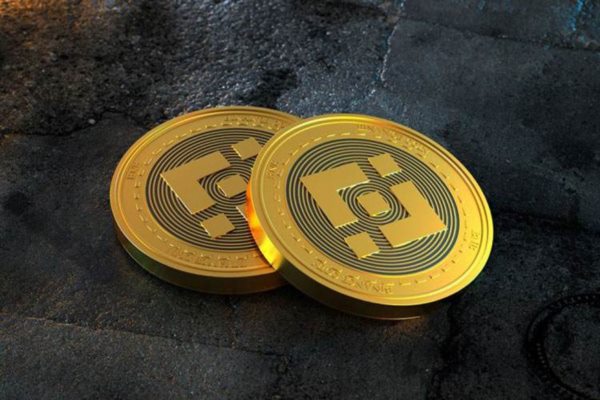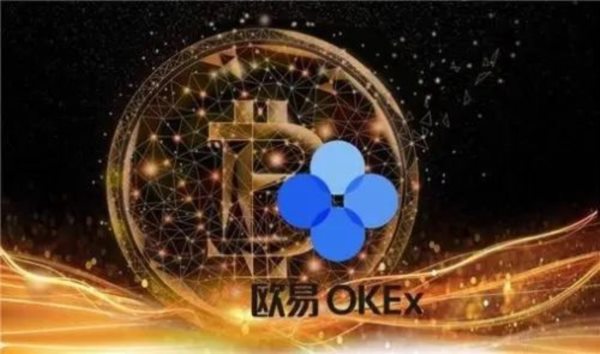时间:2024-02-25|浏览:284

用戶喜愛的交易所

已有账号登陆后会弹出下载
(This article is reproduced from my personal Substack, you can read it on the Haodu version there)
Good morning, fellow angel investors
It’s time to talk about Cardano: As an OG project that was launched on the mainnet in 2017, many players in the currency circle should be familiar with it, and many are even $ADA token holders. In this article, let’s start with the fundamentals to see if Cardano is as good as everyone thinks, whether there are any developments worth looking forward to in 2024, and my currency price analysis of $ADA. This is a semi-public report (readers with free subscriptions can read the content before up to "Profitability"). Welcome to use paid subscription to support my report output If you like it, please like it, or leave me a message to give me feedback, the following text.
️ Note: This is my research and analysis, not investment advice. You must do your own homework before investing (DYOR). Any investment has risks! I will also disclose whether I hold a position in $ADA and my prediction of its currency price later in the article.
Article directory0.0 Cardano Project Introduction1.0 Cardano Team2.0 Cardano Products and Services3.0 Cardano Future Outlook4.0 Cardano Profitability5.0 Risks & Challenges of Cardano6.0 My predictions and thoughts ($ADA currency price)7.0 References
Cardano is a Layer 1 blockchain. If I had to describe it in one sentence, I would say: "The blockchain that values on-chain governance and decentralization the most." Compared with Ethereum's pursuit of ultimate security, Solana's pursuit of Ultimate Efficiency—Cardano pursues the goal of building a blockchain world that can develop steadily and that everyone can participate in.
Cardano is a POS blockchain that uses Ouroboros as the consensus mechanism (Polkadot and Mina later also chose to use this mechanism), and the TPS is about 10. One-sidedly, 10 feels very slow. However, Cardano’s accounting system (EUTXO) allows users to package multiple transactions into one and send them out, so the actual speed is much higher than 10. With Cardano’s Layer2 upgrade (Hydra), theoretically TPS will be able to reach about 3M.
Another interesting point is that the development of the Cardano blockchain is developed around the form of "scientific research".
What is the "scientific research" form? To put it simply, every major development of Cardano’s blockchain requires Peer Review (multi-party review) by the engineering team, mathematicians, and scientists before it can be developed. They believe this format helps reduce coding errors and enhances the resilience of the blockchain.
This method is quite novel, but its shortcoming is also obvious: "slow". As a blockchain that was launched in 2017, it should have a first-mover advantage, but it only has smart contract functions in 2021 (a full 4 years!). As a result, the DeFi maturity and total TVL on the chain are now compared to Several other chains have no special advantages (we will mention these later in the report).
To see whether the project will be successful, the team is the key. Let’s first take a look at Cardano’s team, including project teams, investment institutions, partners, and communities.
1.1 Project Team
Cardano was founded in 2015 by Charles Hoskinson and Jeremy Wood, both of whom were core members of the Ethereum team. Here we mainly look at Charles Hoskinson - he is the face of Cardano and an OG figure in the blockchain field.
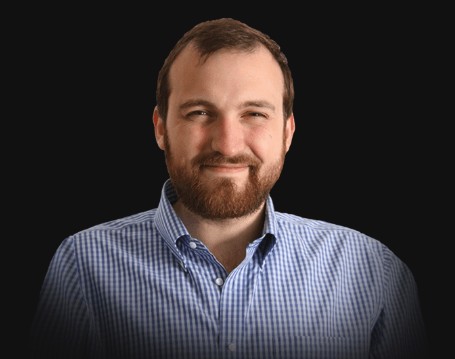
Charles Hoskinson graduated from CU Boulder in Colorado, USA (Master of Mathematics). He was one of the original eight founders of Ethereum. He also served as the CEO of the Ethereum Foundation. Finally, in 2014 due to disagreements with Vitalik, he Choose to leave Ethereum and create Cardano. It is said that the reason for the quarrel is that Charles wants to turn Ethereum into a for-profit organization, while the team headed by Vitalik believes that Ethereum should continue to maintain its original (non-profit) form.
Charles's own technical strength is not as strong as Gavin Wood (Founder of Polkadot) and Vitalik Buterin (Founder of Ethereum). I feel that he is a more marketing and management-oriented talent. In addition, Charles often broadcasts live on his personal YouTube to update the community on Cardano’s current progress and partners. He is a down-to-earth and very likeable founder.
There are three main teams behind the Cardano blockchain - IOG (Input Output Global), EMURGO, and Cardano Foundation.
IOG: The engineering team behind Cardano, headquartered in the United States, is led by Charlies Hoskinson and is responsible for designing, building and maintaining the Cardano blockchain. There are currently about 300 people.
EMURGO: The for-profit organization behind Carano, headquartered in Singapore, is mainly responsible for developing, supporting and incubating business opportunities, and helping to integrate businesses into the Cardano ecosystem. Currently there are about 50 people
Cardano Foundation: Cardano is a non-profit organization located in Switzerland, mainly responsible for developing various applications of the Cardano ecosystem.
The three teams work together in a division of labor, and each received a certain percentage of $ADA tokens as start-up capital during the ICO period. At present, the development of Cardano is still decided by these three, but as Cardano continues to develop towards decentralization (the key update is CIP-1694, expected to occur this year), these three institutions will abdicate and be controlled by the community. Cardano Vault leads the trend of blockchain with on-chain governance
1.2 VC investment institutions and investors
There is no large VC investment behind Cardano, and the method of raising funds is mainly through ICO (Initial Coin Offering). This fair issuance method avoids the emergence of giant whales to a large extent and strengthens the decentralization of Cardano. According to data, Cardano has issued a total of 5 rounds of ICO, raising a total of $62.2M, accounting for about 58% of the total $ADA.
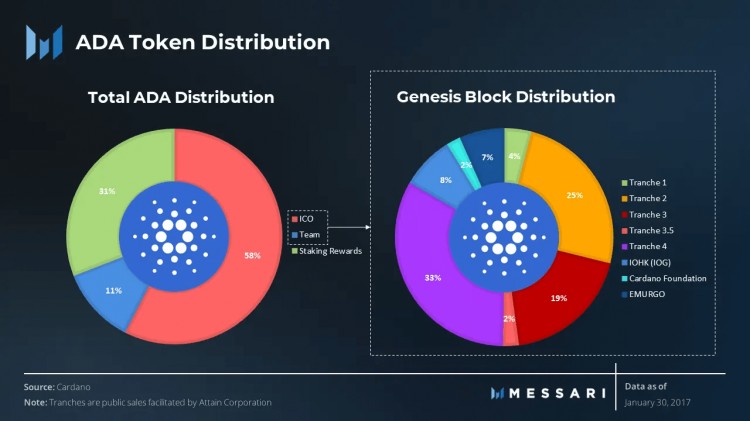
1.3 Partnership
Normally I would be very excited when writing this, not only because I like to see the cooperation between major projects, but this kind of information is usually very easy to find (projects like to tout this kind of cooperation news)... but Cardano’s official website does not have it Listing their partners, even the information on the Internet is very scattered and lacks updates. Here are some of the cooperation I found.
New Balance: The project name is called NB Realchain. This is a collaboration between the retail industry and blockchain. New Balance can use blockchain technology to verify the authenticity of the products sold. It’s just that this news that came out in 2019 has not been updated in 2024, so it is impossible to know whether the cooperation has been terminated.
IBM: Charles mentioned in his YouTube live broadcast that he would cooperate with IBM Research to build a distributed software system, but there is still no update on this news that came out in 2020.
Ethiopian Government: The project name is called Atala. Cardano will help Ethiopia build their digital ID card, asset system, and governance structure. It is a very anticipated cooperation, but it seems that it stopped updating 8 months ago.
COTI: It has built Cardano Pay and DJED stable currency on Cardano. It is one of Cardano’s important partners, but it seems to be worried about the speed of Cardano’s development. Recently, it has turned to cooperating with Ethereum to build Layer 2.
Polkadot: Cardano’s upcoming Partner chain will be built using Polkadot’s Substrate SDK to improve interoperability with the Polkadot ecosystem. The first chain is called Midnight (will be mentioned later)
Usually this kind of partnership is a good marketing tool for the blockchain itself, but Cardano seems not to pay much attention to this aspect. There are many project cooperations that I think are excellent (NB Realchain, Atala) not only have no official press releases, but even no official press releases at all. Follow-up updates
1.4 Communities/Users
When evaluating a community and the number of users, I like to look at two parts - social media influence and on-chain activity. The most proud part of Cardano is its strong community. We can see from the data whether this is really the case. Below I will compare several famous Laye1 blockchains so that everyone can see the difference.




